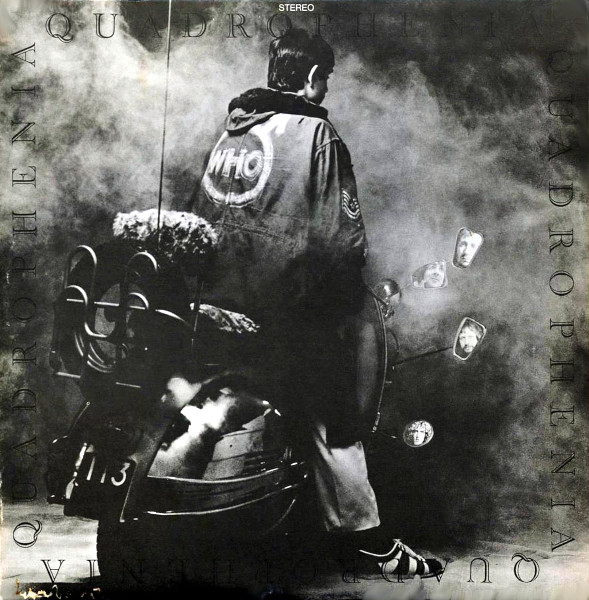
It’s not the Who’s most famous rock opera—that would be the one about the deaf, dumb and blind kid with great flipper action, Tommy. Nor is it the great “What If?” never-assembled rock opera—that would be Lifehouse, most of which ended up on Who’s Next, considered the band’s greatest album.
After that pair came 1973’s Quadrophenia which, in a way, was closest to the band’s own history and background. Written entirely by guitarist/singer Pete Townshend and performed with bandmates Roger Daltrey, John Entwistle, and Keith Moon, it harkens back to the band’s own origins in England’s Mod youth movement.
With a penchant for short haircuts, smart suits, parkas, Italian scooters, and a love of R&B music and speed pills, the Mods also favored UK bands like the Kinks, the Small Faces, and the Who, who in turn adapted Mod looks in their image and themes in their music (at least early in their careers).
Everything about the writing, recording, and touring of Quadrophenia—as well as its lengthy afterlife and how it fits into the Greater Who History—is explored in Martin Popoff’s The Who & Quadrophenia (176 pp., $50, Quarto Press).
Over the course of four LP sides, Quadrophenia tells the story of a young Mod in 1964 named Jimmy as he struggles with his life, parents, girlfriend, buddies, rivals in “The Rockers,” and purpose in life. Before reaching a conclusion that’s open to interpretation about his ultimate fate.
The “Quadrophenia” title came from the fact that Townshend recorded part of the rock opera in the new quadrophonic sound system, but also a play on the word “schizophrenia.” In the songs, Townshend introduces four aspects of Jimmy’s personality, each one to mirror a specific member of the Who. Timely, as band relations weren’t always the best—and even got physical at some points.
The ultra-prolific Popoff, as usual, leaves no detail unexplored in his latest in a series of high-quality coffee table books. This one with its own slipcase and featuring 150 photos of the band in posed, casual, and live shots, along with ephemera like record covers, posters, and ticket stubs.
There’s also plenty about the filming and reception of the 1979 movie adaptation. A straight drama with the Quadrophenia tunes used as background or narrative progressors, it starred a then-unknown 19-year-old named Phil Daniels as Jimmy, with an on-the-cusp-of-fame Sting playing the role of the Mod’s former top dog, “Ace Face,” now reduced to working as a bell boy at a posh London hotel.
In short, while its text on the rock opera and the band is delivered in small-but-convenient bite-sized chapters, The Who & Quadrophenia, shines a fine light on Pete Townshend’s sonic meditation. A work not only about his and the Who’s own past, but also identity, mental health, anxiety, and youthful lusts and longings for a future.
This article originally appeared at HoustonPress.com

